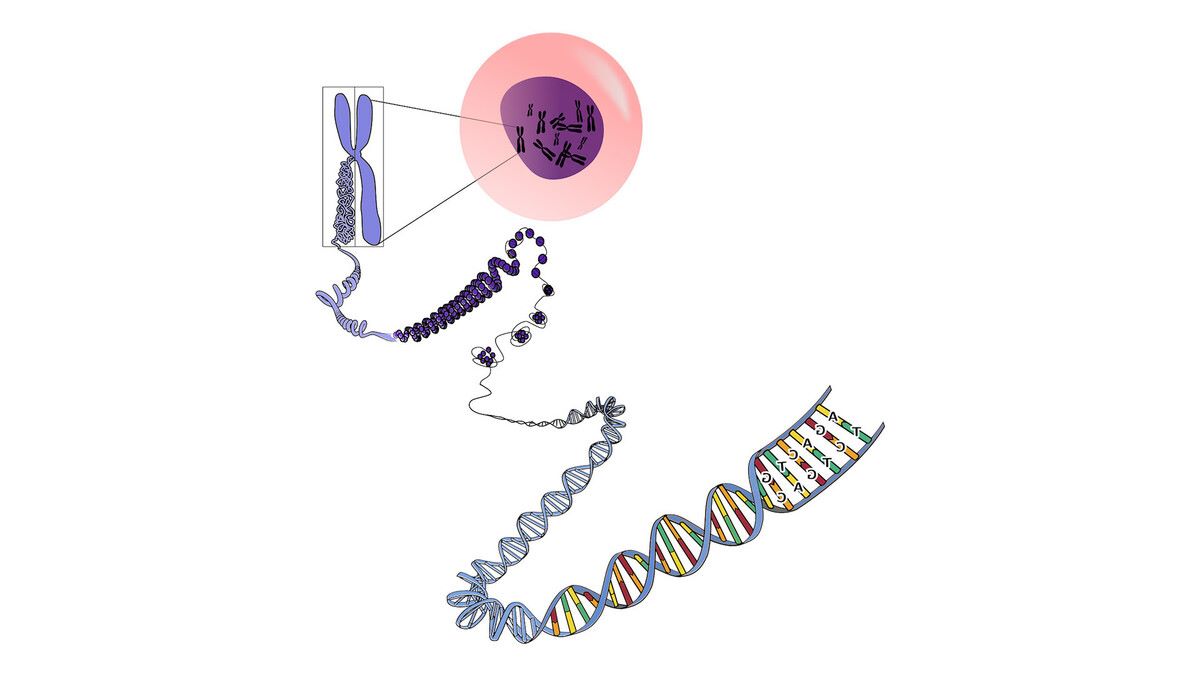
Persistent Müllerian Duct Syndrome (PMDS) is a rare genetic condition where males have both male and female reproductive organs. This happens because the Müllerian ducts, which usually disappear in males, persist and develop into structures like a uterus and fallopian tubes. PMDS often goes unnoticed until surgery for other issues, like hernias or undescended testes, reveals the unexpected anatomy. Despite having female reproductive organs, individuals with PMDS typically have normal male external genitalia and male chromosomes (XY). Understanding this condition can help in managing related health issues and providing proper care. Let's dive into 25 intriguing facts about Persistent Müllerian Duct Syndrome.
Key Takeaways:
- PMDS is a rare condition in males where they have female reproductive organs. It can lead to infertility and other health issues, but with proper treatment and support, individuals can lead healthy lives.
- Diagnosis of PMDS often happens incidentally during surgeries or through imaging tests. Treatment may involve surgery, hormone therapy, and regular monitoring to prevent complications.
What is Persistent Müllerian Duct Syndrome?
Persistent Müllerian Duct Syndrome (PMDS) is a rare genetic condition affecting males. It involves the presence of Müllerian duct structures, which typically develop into female reproductive organs, in individuals with male chromosomes and genitalia. Here are some intriguing facts about PMDS:
-
Rare Condition: PMDS is extremely rare, with fewer than 300 cases reported worldwide.
-
Genetic Mutation: The condition is caused by mutations in the AMH gene or its receptor, AMHR2.
-
Müllerian Duct Structures: Individuals with PMDS have a uterus, fallopian tubes, and the upper part of the vagina.
-
Normal Male Genitalia: Despite having Müllerian duct structures, individuals typically have normal male external genitalia.
-
Undescended Testes: Many individuals with PMDS experience cryptorchidism, where one or both testes fail to descend into the scrotum.
How is PMDS Diagnosed?
Diagnosis of PMDS often occurs incidentally during surgeries for other conditions or through imaging studies. Here are some key points about its diagnosis:
-
Incidental Discovery: PMDS is often discovered during surgeries for undescended testes or hernias.
-
Ultrasound and MRI: Imaging techniques like ultrasound and MRI can help identify the presence of Müllerian duct structures.
-
Laparoscopy: A minimally invasive surgical procedure called laparoscopy can confirm the diagnosis by visualizing internal structures.
-
Genetic Testing: Genetic tests can identify mutations in the AMH or AMHR2 genes, confirming the diagnosis.
-
Hormone Levels: Blood tests measuring anti-Müllerian hormone (AMH) levels can provide clues, as individuals with PMDS may have abnormal AMH levels.
Symptoms and Complications of PMDS
While some individuals with PMDS may remain asymptomatic, others may experience various symptoms and complications. Here are some of them:
-
Inguinal Hernias: PMDS can lead to inguinal hernias, where abdominal contents protrude through the inguinal canal.
-
Infertility: Infertility is common due to the presence of Müllerian duct structures and undescended testes.
-
Testicular Cancer: There is an increased risk of testicular cancer in individuals with undescended testes.
-
Hormonal Imbalances: Hormonal imbalances may occur, affecting secondary sexual characteristics and overall health.
-
Abdominal Pain: Some individuals may experience abdominal pain due to the presence of Müllerian duct structures.
Treatment and Management of PMDS
Managing PMDS involves addressing symptoms and preventing complications. Here are some treatment options:
-
Surgical Removal: Surgical removal of Müllerian duct structures may be necessary to prevent complications like hernias and cancer.
-
Orchiopexy: Orchiopexy is a surgical procedure to move undescended testes into the scrotum, reducing the risk of cancer and improving fertility.
-
Hormone Therapy: Hormone therapy may be used to address hormonal imbalances and support secondary sexual characteristics.
-
Regular Monitoring: Regular monitoring of testicular health is crucial to detect any signs of cancer early.
-
Genetic Counseling: Genetic counseling can help affected individuals and their families understand the condition and its implications.
Living with PMDS
Living with PMDS can present unique challenges, but with proper management, individuals can lead healthy lives. Here are some aspects of living with PMDS:
-
Psychological Support: Psychological support and counseling can help individuals cope with the emotional aspects of the condition.
-
Fertility Options: Assisted reproductive technologies may offer fertility options for individuals with PMDS.
-
Support Groups: Joining support groups can provide a sense of community and shared experiences.
-
Education and Awareness: Educating oneself and others about PMDS can reduce stigma and promote understanding.
-
Regular Health Check-ups: Regular health check-ups are essential to monitor and manage any potential complications.
Final Thoughts on Persistent Müllerian Duct Syndrome
Persistent Müllerian Duct Syndrome (PMDS) is a rare condition that highlights the complexity of human development. Understanding PMDS can help demystify some of the challenges faced by those affected. Awareness and education about this condition are crucial for early diagnosis and proper management. Medical advancements continue to improve the quality of life for individuals with PMDS, offering hope and better outcomes.
If you or someone you know is dealing with PMDS, seeking support from healthcare professionals and connecting with support groups can make a significant difference. Knowledge is power, and staying informed can lead to better health decisions. Remember, every piece of information helps in building a more inclusive and understanding society. Keep learning, stay curious, and spread awareness about PMDS.
Frequently Asked Questions
Was this page helpful?
Our commitment to delivering trustworthy and engaging content is at the heart of what we do. Each fact on our site is contributed by real users like you, bringing a wealth of diverse insights and information. To ensure the highest standards of accuracy and reliability, our dedicated editors meticulously review each submission. This process guarantees that the facts we share are not only fascinating but also credible. Trust in our commitment to quality and authenticity as you explore and learn with us.
